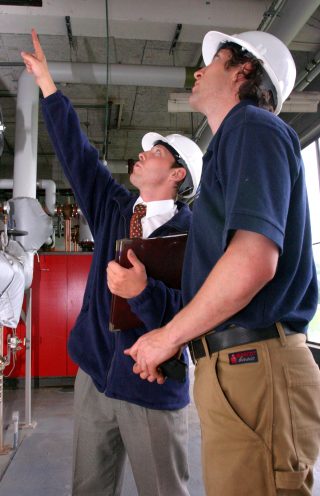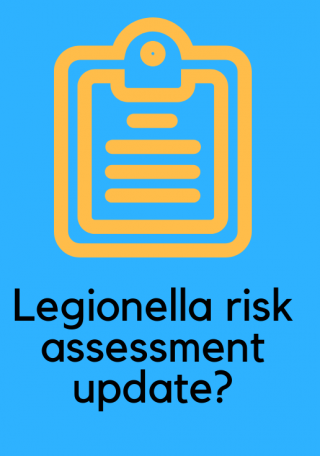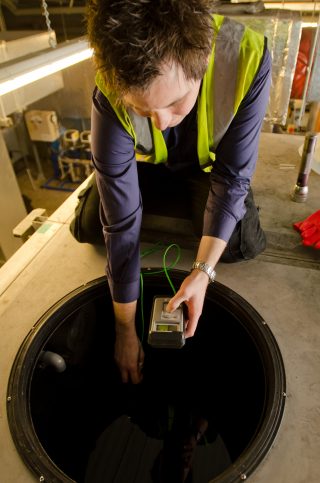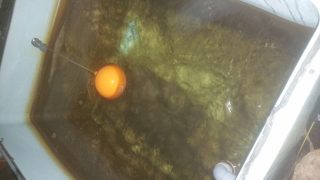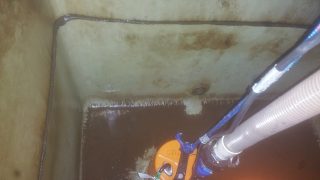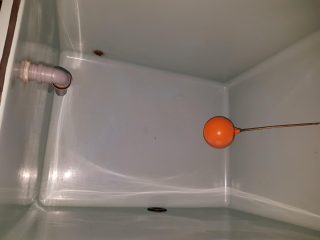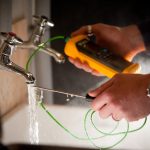How much should a Legionella risk assessment cost?
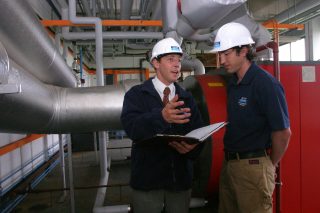
Your concerned about compliance and you want a good company, but still, budgets are tight, you need the best value, so what do you need to tell contractors to get a fair price? Or get quotes you could compare? And how do these people work it out anyway? I will attempt to throw some light on the occasionally opaque world of Legionella or water risk assessment pricing.
As a start point I have assumed that you are only going to be dealing with reputable contractors who are specialists in the industry, generally members of the Legionella control association, possibly UKAS accredited, who can prove they are competent and have a solid track record. There have been operators in the marketplace who will ‘buy’ risk assessment contracts with the intention of raking the money back on follow-on works and contracts, this is a clear conflict of interest, and I advise avoiding it.
A Legionella risk assessment is a form of consultancy, which means it is, for the most part, a labour only service. This means the big question is – how long is it going to take? Once we figure this out, multiply the time by a day rate and bingo! A price.
Top tip; Ask what the standard day rate is for a surveyor, but be careful, some include administration time some don’t.
Estimating how long a survey will take is a fine art, but there are some variables to consider:
Geography
Where is the site? Or where are the sites? Travel time is working time, and you pay for it. Ideally, you’ll use someone local if you have a big single site or cluster of buildings, but sometimes this isn’t practical. If you have many disparate sites, you can get some great economies on a round robin or road trip type basis. Also, these are fun for the surveyors. Years ago, I risk assessed every driving test centre in Scotland on a road trip basis and had a great time.
Once you understand the logistics of getting the surveyor to and from the site, how long will they be there? The two big factors in this debate are; what water services have you got? And how hard will they look? The second point can be contentious, so I’ll deal with what you’ve got first.
Water Assets and system complexity
I have seen many different approaches to convey what is on site, varying from line item asset registers, copies of the previous risk assessments to lists of the gross internal areas of properties. The surveyor’s point of view generally stems from, how difficult is this system going to be for me to understand and how many assets do I have to survey? For example, a large modern office block could seem like a big beast but in reality, may have plant room in the basement, a single wet riser by the lift shaft, toilets and kitchenettes on each floor plus a couple of cleaners cupboards, simple. In contrast, a stately home converted to halls of residence can contain multiple systems and a dog’s breakfast of assets and pipework that would reduce the finest to tears.
Top tip: Give what information you have, including building use, number of stories, and location
The industry refers to all hot and cold-water systems for toilets, sinks, showers etc. as domestic systems. These are almost universally included in risk assessments, but what about cooling towers, industrial uses of water, humidifiers, water features, medical equipment? The survey should cover all water assets one way or another.
In the industry, we benefit from huge amounts of experience so in talking about your buildings we build a picture of what we are dealing with, by being as honest and open as you can you will get the most realistic estimate possible.
The depth of the survey
If you have been on the forums this is a hot potato; the fastidious independent contractors shout down the ‘stack’em high sell it cheap’ brigade for being cowboys and the quick ‘all done on an iPad survey’ crew retort about over-egging the pie. The truth is the risk assessment must be suitable and sufficient, just as the lower the risk, the less you have to do, the converse is also true. There is a place for the iAuditor type surveys on lower risk properties, retail outlets, provincial train stations and minor highways depots etc.
Conversely, if you’re looking after NHS estates, your burden is much greater. The best advice I can give is to view example documents on properties similar to yours, talk to the contractor and understand what they intend to return. You need to feel comfortable the contractor has your best interests front and centre, and they are not ‘flogging you what they’ve got’.
Begin with the end in mind
The Legionella risk assessment certainly ticks a box for compliance but if done well is a tremendous source of information regarding your water assets. Think about practical outputs, for example, how do you expect to see non-compliances reported? Do you want them separated in a way you could pass to a mechanical contractor or your onsite plumbing team?
Talking to your suppliers about Legionella control in a wider context beyond the risk assessment can pay dividends in understanding how the document could support your efforts to implement a successful control regime later on. You’ll be amazed what you can get for free during the risk assessment process just by asking, consider;
- Do you want accurate schematics drawn in AutoCAD?
- Would it be handy if the pipe runs are overlaid on your existing building schematics?
- Would you like an electronic copy of the asset register in excel?
- Do you want the assets in an electronic logbook as part of the deal?
A word about water samples
There is no hard or prescribed requirement to take microbiological samples during the risk assessment process, in our company we don’t take them as a matter of course but others do. I could write another thousand words on the pros and cons of sampling, but ultimately, to compare quotes you need to understand if they have been included for and if so how many. The current market rate for a Legionella test at a UKAS accredited laboratory is about thirty pounds so cost can be significant if a meaningful number of samples are taken.
At the end of the day
All risk assessment quotes have at their core an estimation of how long the survey is going to take and the report to produce, as a buyer you should understand and be comfortable that your supplier will do a job that is acceptable to you in the time they have quoted. At the bulk end of the market, if you are paying one hundred pounds or less for a risk assessment, your contractor is expecting to do four or more sites per day and is not expecting to find very much. Industry rates vary from three hundred to six hundred pounds per day for a qualified Legionella risk assessor as a guideline.
There are many decent companies out there all of them should welcome sensible discussions on the big question – how long is it going to take?
Dantek are a specialist provider of Legionella control services including Legionella risk assessments.
Sign up for our mailing list to keep up to date with latest information and comments on legionella control.

